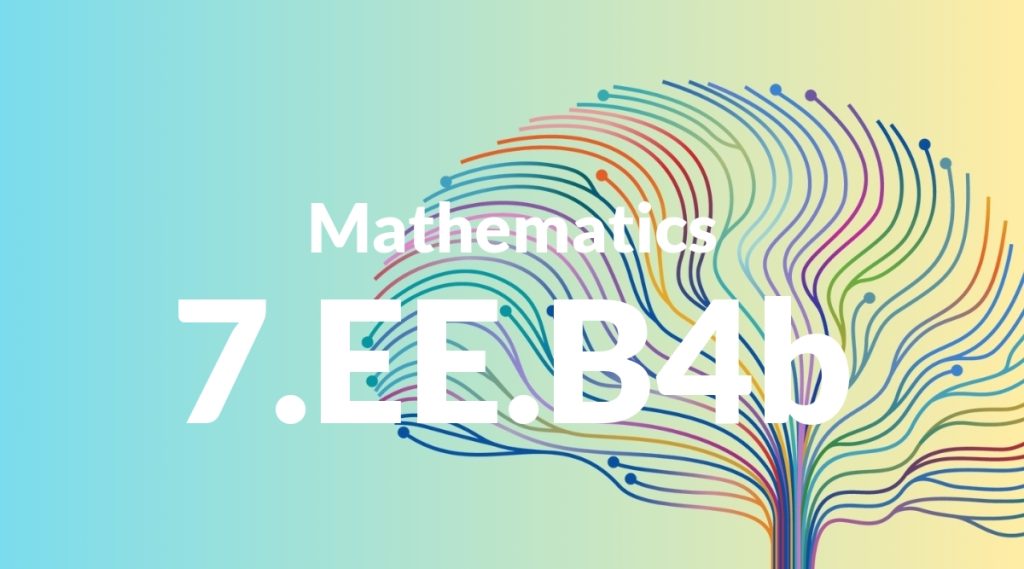Standard: 7.EE.B4b – Solve word problems leading to inequalities of the form px + q > r or px + q < r, where p, q, and r are specific rational numbers. Graph the solution set of the inequality and interpret it in the context of the problem. For example: As a salesperson, you are paid $50 per week plus $3 per sale. This week you want your pay to be at least $100. Write an inequality for the number of sales you need to make, and describe the solutions.
Grade level: Grade 7
Subject: Mathematics
Domain: Expressions & Equations
Teacher Overview
This standard focuses on solving word problems that lead to inequalities and interpreting the solutions in context. It is crucial for students to understand how to translate real-world situations into mathematical inequalities and graph the solutions. This skill is foundational for future algebraic concepts and practical applications in everyday life. Ensure students are comfortable with solving linear equations, graphing on a number line, and understanding basic inequalities. Review rational numbers and arithmetic operations as needed.
Mastering this standard prepares students for more complex algebraic concepts, such as systems of inequalities and quadratic equations. It also enhances their problem-solving skills in real-world contexts.
Common Misconception 1
A common misconception is that the inequality symbol direction changes when adding or subtracting terms on both sides. This is incorrect; the direction only changes when multiplying or dividing by a negative number.
Intervention 1
Use visual aids and practice problems to reinforce the rule about the inequality symbol direction. Provide step-by-step examples and encourage students to verbalize their reasoning.
Common Misconception 2
Another misconception is confusing the inequality symbols ‘>’ and ‘<' with '>=’ and ‘<='. This can lead to incorrect solutions and interpretations.
Intervention 2
Offer clear examples and non-examples of each symbol. Use real-world scenarios to highlight the difference between strict inequalities and inclusive inequalities. Practice with varied problems to build confidence.
Prerequisite Knowledge
Students should have a solid understanding of solving linear equations, basic graphing skills, and the concept of inequalities. They should also be familiar with rational numbers and basic arithmetic operations.
Subsequent Knowledge
After mastering this standard, students will be able to tackle more complex inequalities, including systems of inequalities. They will also be better prepared for algebraic concepts in higher grades, such as quadratic equations and linear programming.
Instructional Activities
- Create word problems that require setting up and solving inequalities.
- Use number lines to graph the solution sets of inequalities.
- Role-play real-world scenarios, such as budgeting or sales, to apply inequalities.
- Interactive games and online tools for practicing inequality problems.




